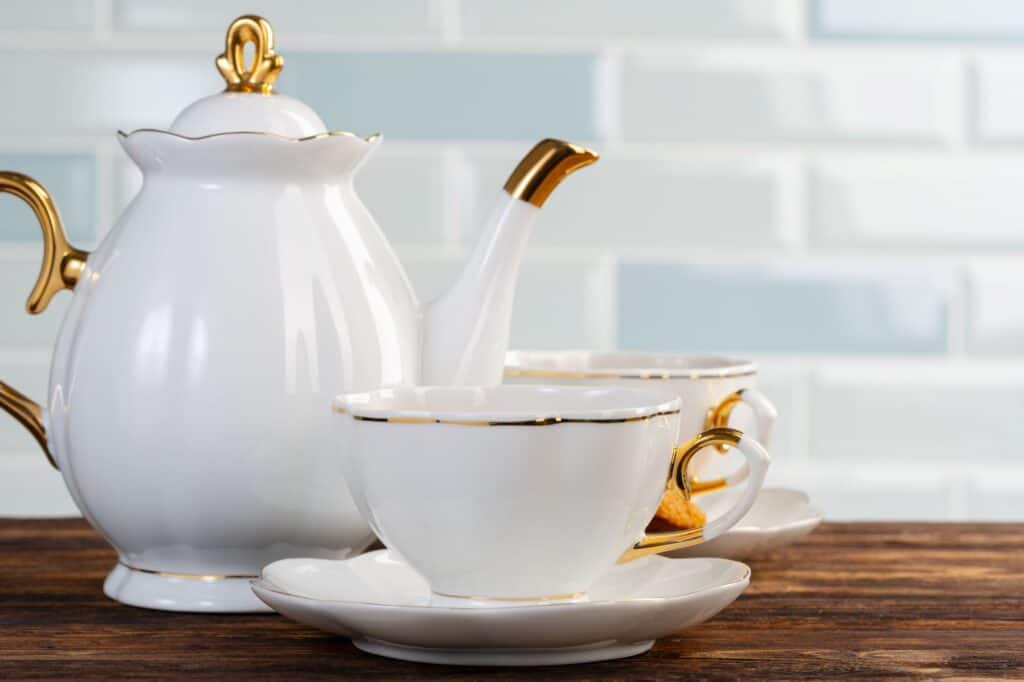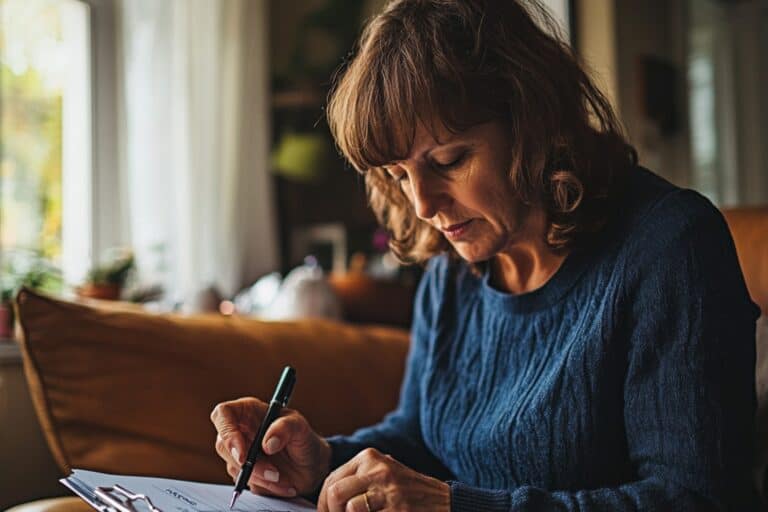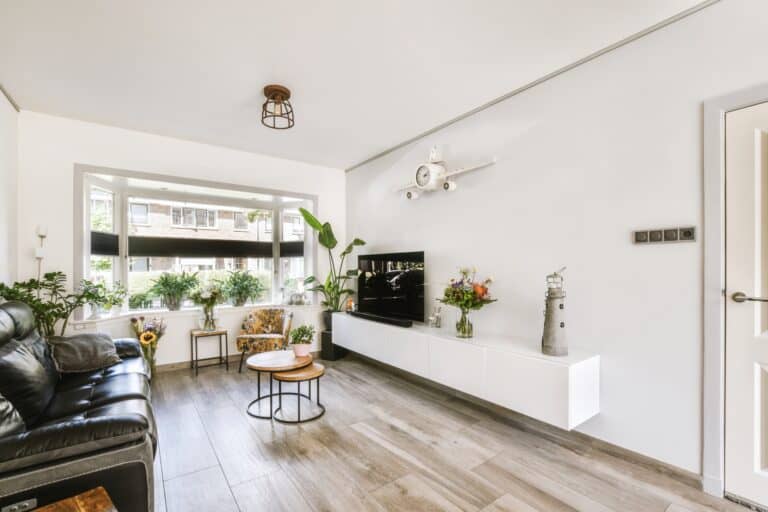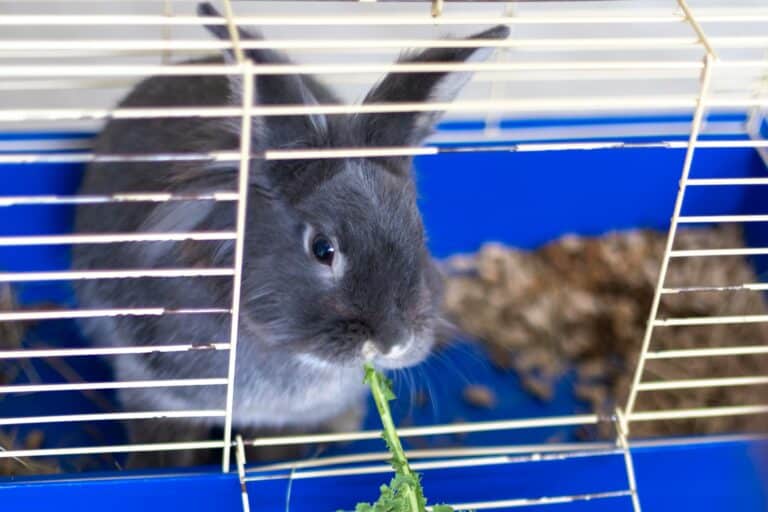Knowing how to pack fragile items is crucial to keep them safe during a move. This guide will show you the best materials and methods to protect your delicate possessions from damage. From glassware and electronics to cherished antiques, we’ll cover everything you need to know to ensure your items arrive in perfect condition. By following these strategies, you can minimise the risk of breakage and make your moving experience smoother and stress-free.
Key Takeaways
- Gathering high-quality packing materials, such as sturdy boxes and bubble wrap, is essential to ensure the protection of fragile items during a move in Hounslow.
- Organising a spacious and well-lit packing area with a stable surface and categorised items aids in efficient and secure packing of fragile belongings.
- Using proper cushioning techniques and selecting the correct box sizes are crucial for minimising movement and preventing damage to fragile items during transit.
Why Proper Packing is Essential
As you prepare to pack your delicate glassware, electronics, and treasured antiques, it’s essential to understand that the safety of these items relies on more than just a haphazard wrap and a hopeful mindset. With the right boxes, materials, and packing strategies, you can protect your fragile possessions and ensure they reach your new home without a scratch. Let’s dive into the expert tips that will turn the often-dreaded process of moving into a smooth, break-free experience.
Gather Essential Packing Supplies
Before diving into the packing process, gathering high-quality packing material is a critical first step. Think of it as donning armour for your fragile belongings; sturdy boxes, soft packing paper, and shock-absorbing bubble wrap are the essentials that will keep your delicate items safe from the jolts and jostles of moving. Remember, investing in the right packing materials is not a luxury – it’s a necessity to protect your valuables from becoming casualties of transport.
As you compile your packing arsenal, consider the unique needs of your fragile items. Will your grandmother’s china require additional cushioning? Do you have the original boxes for your electronics? Ensuring you have an ample supply of packing peanuts, tape, and even speciality items like bungee cords for securing larger pieces can make the difference between a successful move and a sorrowful unpacking session.
Preparing Your Packing Area
Now that you have your packing supplies ready, it’s time to establish a packing station. The ideal space is spacious, free of clutter, and bathed in ample light – allowing you to wrap and pack with precision and care. After all, a dimly lit, cramped space is a recipe for oversight and mishandling. Moreover, a well-organised station, with materials and fragile items sorted and within reach, will streamline your efforts, making the packing experience almost… enjoyable.
… a well-organised station, with materials and fragile items sorted and within reach, will streamline your efforts …
A flat and stable surface is non-negotiable when it comes to packing fragile items. Not only does it prevent the heart-stopping slip of a plate, but it also ensures that every wrap, cushion, and placement is done with accuracy. Organise your items by category or room; this tactic not only aids in efficient packing but also sets the stage for a more organised unpacking process at your new abode.
Use the Right Box Sizes
The art of packing fragile items extends beyond meticulous wrapping – it’s about choosing the right vessel for their journey. A common mistake is cramming multiple breakables into a large box, allowing them room to dance dangerously during transit. Instead, select smaller, sturdier boxes that provide a snug fit, minimising movement and maximising protection. And if your fragile items come with their original packagings, such as electronics or special collectibles, using these can provide tailored protection that generic boxes cannot.
For more oversized items like a grand wall mirror or an ornate lamp, custom-crafted boxes or adjustable dividers can be your best bet. Not only do they save space in the moving truck, but they also ensure that these items remain immobile and insulated from the bumps along the road. Remember, a little extra space in a box can be a dangerous luxury for fragile items – one that can be mitigated with the right box size and some strategic padding.
Padding and Cushioning Techniques
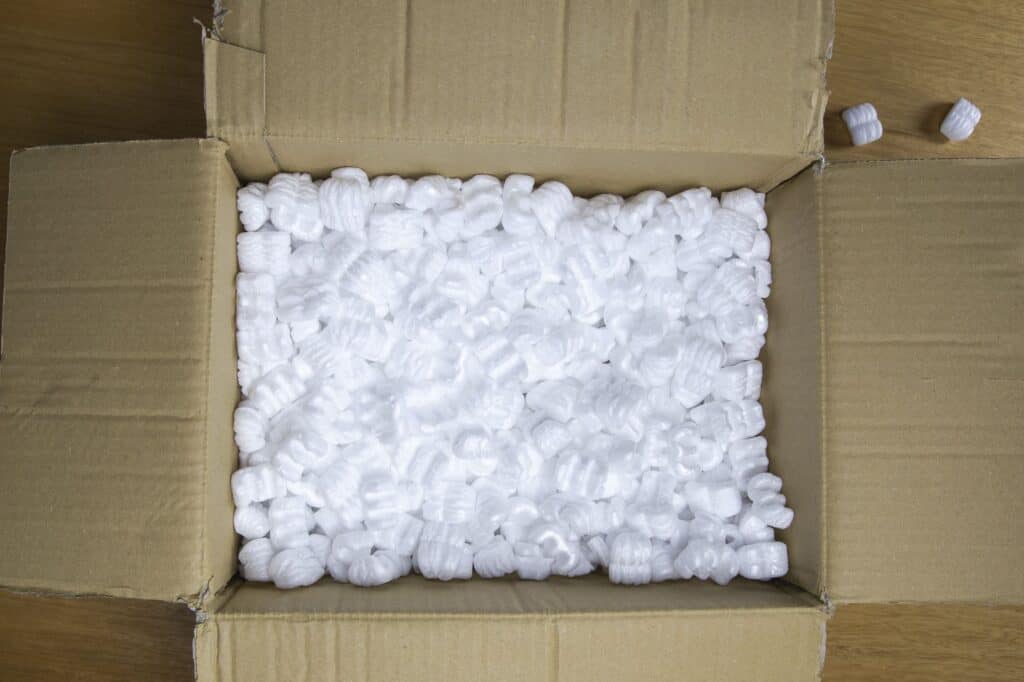
Speaking of padding, mastering this technique is akin to wrapping your valuables in a protective embrace. Begin by nestling a layer of bubble wrap, packing paper, foam, or even towels at the bottom of the box – this acts as a shock-absorbing bed for your fragile items. Then bubble wrap each item individually before placing it in the box. The goal is to create an environment within the box that guards against any external forces, ensuring your items remain unscathed throughout their transit.
The key here is to leave no empty space unfilled. Crumpled newspaper, air-filled packing pillows, or additional bubble wrap can fill these voids, acting as a buffer against movement. And don’t forget to give hollow items like vases or jars their own internal padding; a few sheets of packing paper stuffed inside can be the difference between a cherished keepsake and a box of shards.
Wrapping Fragile Items Properly
The cornerstone of packing fragile items lies in the wrap. Each delicate item deserves its own cocoon of protection, crafted from layers of bubble wrap, tissue paper, or packing paper. Begin by enveloping the item in several layers, paying extra attention to protruding parts or fragile extremities. Secure the wrap with tape, but be mindful not to apply the tape directly to the item – particularly if it’s an item with a delicate finish.
For items that stack, such as plates or picture frames, consider sliding a sheet of bubble wrap or packing paper between each to prevent scratches and cracks. And when it comes to glassware, it’s not just about wrapping the exterior – filling the inside with crumpled paper can add another layer of defence against the pressures of travel.
Securing Boxes
Once your items are snugly wrapped and tucked into their boxes, it’s time to secure their temporary home. Strong packing tape is your ally here, fortifying the box’s seams and preventing any unwanted openings. Don’t skimp on the tape – wrap it around the box’s midsection, top, and bottom, creating a seal that can withstand the weight of its contents and the rigours of moving.
For an added layer of security, especially if you’re contending with unpredictable weather or long-term storage, wrapping the sealed box in cling film or stretch wrap can shield your fragile items from moisture, dust, and dirt. This extra step can offer peace of mind, knowing that your items are doubly protected against the elements and any accidental spills.
Labelling Fragile Boxes
Armed with a roll of ‘Fragile’ tape or a bold marker, it’s time to communicate the precious nature of your box’s contents to anyone who might handle them. Label each box clearly with the word ‘Fragile’ and consider adding directional arrows or notes like ‘This Side Up’ to guide the movers. This simple act can encourage gentler handling and placement, reducing the risk of accidental impacts or falls.
Don’t be afraid to get descriptive with your labels. A brief note indicating what’s inside the box not only helps with the organisation but also alerts handlers to the type of care needed. And if you want to ensure your fragile boxes stand out, consider using brightly coloured tape or labels – red or pink can catch the eye and signal the need for extra caution.
Special Tips for Different Types of Fragile Items
As we delve into the nuances of packing, it becomes apparent that certain types of fragile items, including breakable items, require a touch of specificity in their packing approach. The delicate dance of packing delicate items, such as a fragile item like glassware, securing electronics, cushioning artwork, and preserving antique furniture calls for tailored techniques to address their unique vulnerabilities.
Let’s explore how to protect items and extend the utmost care to these special items.
Glassware and Ceramics
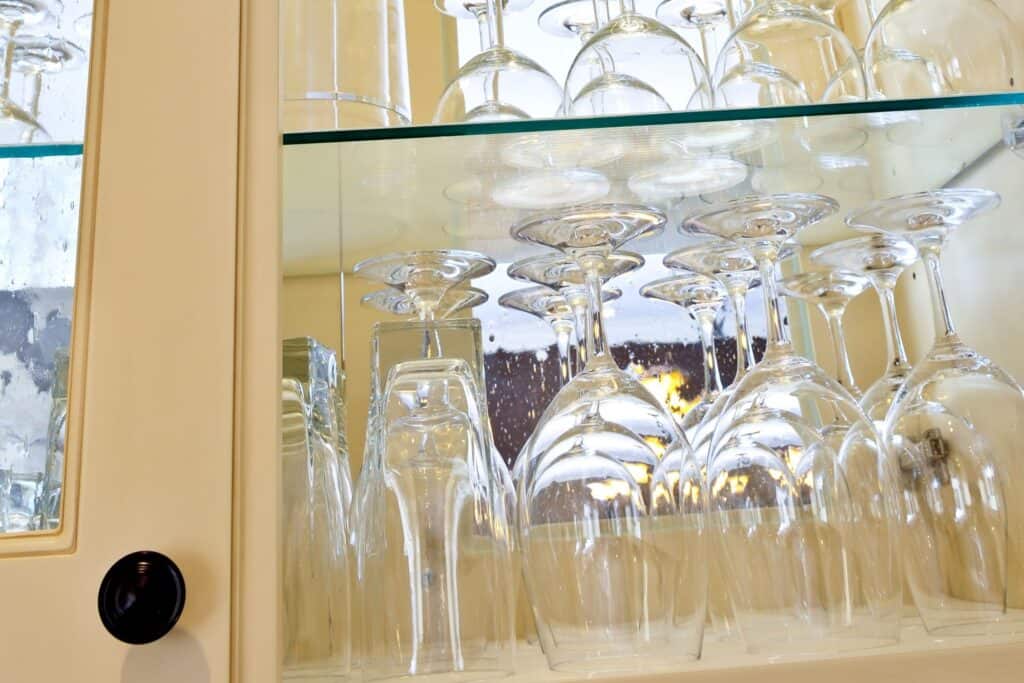
The clink of glass and the clatter of ceramics need not be the soundtrack of your move. By using small boxes designed for glassware and ceramics, you can compartmentalise and protect each piece. Wrap each item individually with packing paper or bubble wrap, ensuring that every curve and corner is cushioned.
For added stability, stuff the hollows of mugs and bowls with tissue paper, and remember to label the box with the utmost clarity – these are treasures, not trivialities.
Electronics
The digital heartbeat of your home lies within your electronics, and their safe transport is paramount. When available, nestle your devices back into their original boxes – these were designed with the exact dimensions and padding to protect them. If those have been lost to time, here’s what you can do:
- Wrap your electronics in bubble wrap.
- Secure the padding with tape.
- Place them in boxes lined with extra cushioning. And don’t forget to take photos of the wiring setups before disconnecting – your future self will thank you.
Artwork and Picture Frames
Artwork and picture frames capture memories and beauty. To protect them during a move or storage, follow these steps:
- Wrap them in layers of bubble wrap or packing paper.
- Pay special attention to corners and edges, which are prone to knocks and nicks.
- If the piece is large or framed with glass, consider removing the glass and wrapping it separately.
- Ensure all parts are snugly secured within a box or against a piece of pliable cardboard shaped to their contours.
By following these steps, you can ensure that your artwork and picture frames are well-protected.
Antique Furniture
The timeless elegance of antique furniture demands a gentle hand and thoughtful preparation. Where possible, disassemble larger pieces to make them easier to move and wrap. Protect each section with bubble wrap or moving blankets, focusing on areas prone to scratches or damage.
Don’t forget to keep all screws and small parts in a labelled bag – reassembling your furniture should be as painless as possible.
Preparing for Unpacking
The final step in the packing process is to prepare for the endgame: unpacking. Label each box with not only its contents but also its destined room in your new home. This foresight can transform a chaotic unboxing into an orderly transition, allowing you to systematically recreate the comfort and familiarity of your old space in your new surroundings.
TIP
A room-by-room labelling system not only aids in organisation but also allows you and your movers to place boxes exactly where they’re needed. This strategy minimises the need for heavy lifting and repositioning once you’re settling in, giving you a clear path to a fully functional home from day one.
DIY vs. Professional Movers
The question of whether to move yourself or hire professional movers is a pivotal one. While a DIY move might seem cost-effective, it comes with the hidden labour of packing, heavy lifting, and coordinating logistics. Professional movers, on the other hand, offer invaluable expertise and efficiency, particularly when it comes to delicate items. They provide peace of mind with liability coverage and relieve you of the physical strain of moving day.
Ultimately, the choice depends on your budget, timeline, and the nature of your belongings. For small moves or if you’re comfortable managing the intricacies of packing fragile items, a DIY approach may suffice. However, for a seamless move, particularly with valuable or oversized items, the skills and resources of professional movers can be well worth the investment.
Summary
After journeying through the labyrinth of packing strategies, it’s clear that the meticulous care of fragile items is both an art and a science. From selecting the right boxes to the final placement of a tape strip, every step has been a building block towards ensuring the safe transit of your valuables. This guide has equipped you with the knowledge and techniques to transform a pile of delicate belongings into a fortified collection, ready to withstand the bumps and shakes of moving.
Take these nuggets of wisdom and apply them to your next move in Hounslow. With patience, preparation, and a bit of packing savvy, you can rest assured that your fragile items will emerge unscathed, ready to grace your new home with their intact beauty and charm. And remember, a well-packed item not only survives the move but also tells a story of care and consideration – a testament to your dedication to preserving your cherished possessions.
Frequently Asked Questions
How can I ensure my plates and glasses don’t break during the move?
To ensure your plates and glasses don’t break during the move, wrap each item individually with packing paper or bubble wrap, use cardboard dividers for glasses, and fill any empty space in the boxes with crumpled newspaper or packing peanuts.
Is it better to pack electronics in their original boxes or use other materials?
It is better to pack electronics in their original boxes whenever possible, as they provide the best protection. If these aren’t available, utilise bubble wrap and padding in alternative boxes to prevent damage.
Should I remove the glass from picture frames when packing them?
Yes, it is recommended to remove the glass from picture frames when packing to prevent damage. Wrap the glass and frame individually in bubble wrap or packing paper for added protection.
Can I use towels and blankets for packing fragile items?
Yes, you can use towels and blankets to pack fragile items. They provide an extra layer of protection during the move.
How should I label boxes that contain fragile items?
Label each box containing fragile items with the word ‘Fragile’ and consider adding directional arrows or ‘This Side Up’ to guide handlers. Additionally, note the contents and the destined room in your new home for better organisation during unpacking.
